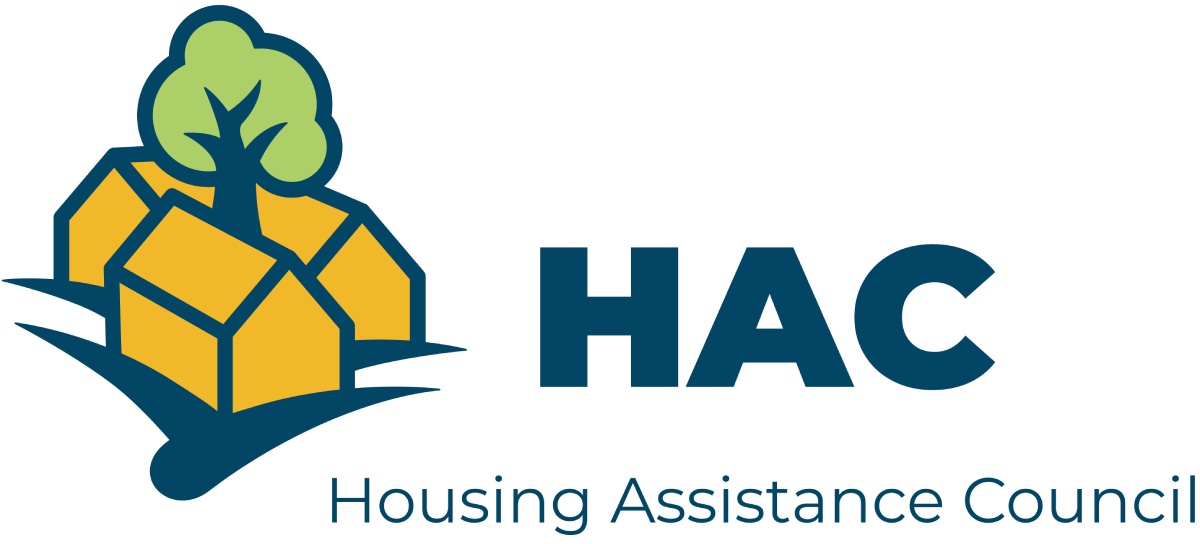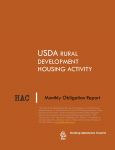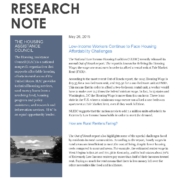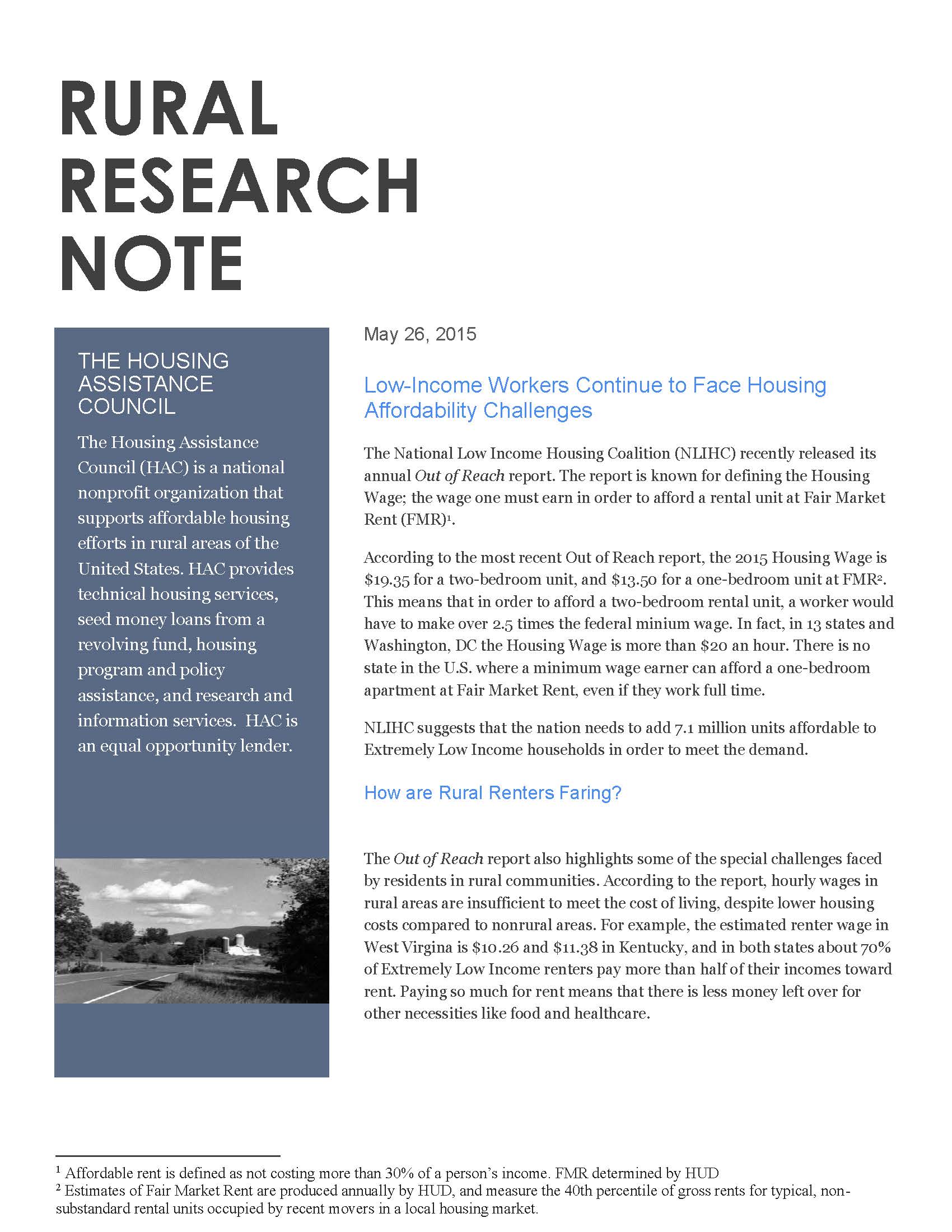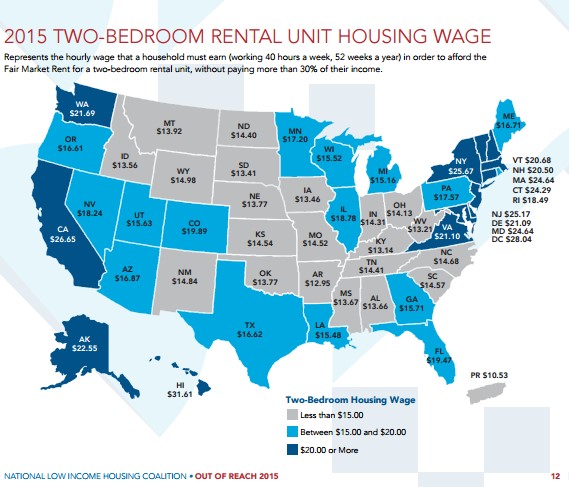USDA Rural Development Obligations FY 18 – November
The Housing Assistance Council (HAC) presents this month’s report on Fiscal Year 2018 USDA Rural Housing program obligations.
USDA is operating under a Continuing Resolution (CR) which provides funding through December 8, 2017 based on last year’s appropriation levels. Congress will need to pass a final appropriations bill or another CR to keep the government operating after that date.
As of the end of November, USDA obligated 22,653 loans, loan guarantees, and grants totaling about $3.13 billion. This is about $352.7 million less than obligation levels from the same time last year when there were 25,139 loans, loan guarantees, and grants obligated totaling about $3.48 billion. Obligations are likely lower due to the timing for funding the apportionment to the agency.
Single Family Housing Program Highlights
The Section 502 Guaranteed loan program, the largest of the Single Family Housing programs, obligated $2.97 billion (20,572 loan guarantees) down from $3.34 billion (23,297) at the same time last year.
For the Section 502 Direct program, there have been over $131.4 million (909 loans), also down from $106.7 million (800 loans) in loan obligations this time last year. Very low-income (VLI) loan obligations as a percentage of the total Section 502 Direct loan dollars was 35.2 percent.
The Section 504 Repair and Rehabilitation programs obligated 425 loans representing $2.4 million. As in the other single family housing programs, loan volume was down from this time last year (458 loans representing $2.6 million.) There were also $4.5 million (730 grants) obligated in the Section 504 grant program compared to $3.4 million (564 grants) at the same time last year.
USDA has also funded 3 credit sales representing $482,278.
There were no other obligations for Single Family Housing programs in November.
Multi-Family Housing Programs.
USDA’s Section 538 Multifamily Housing obligated 8 loan guarantees totaling $10.9 million, down from 10 loan guarantees ($25.6 million.) In the Section 515 Rural Rental Housing program, there were 2 loans totaling $3.2 million obligated compared to 2 loans totaling $1.4 million this time last year. There were also 4 MPR loans and 1 grant totaling $2.7 million and $15,400 respectively, compared to 5 loans ($3.0 million) and 1 grants ($27,040) this time last year.
USDA obligated funds for 51,709 rental assistance units under the Section 521 Rental Assistance program totaling $261.8 million. This compares to about 58,918 units ($263.7 million) obligated same time last year. There were also 820 Rural Housing Vouchers totaling $3.4 million compared to 723 vouchers representing $2.7 million this time last year.
There were no other obligations for Multi-Family Housing programs in November.
Download the combined document.
* The Rural Housing Service (RHS) monthly obligation reports are produced by the Housing Assistance Council (HAC) 1025 Vermont Ave., NW, Suite 606, Washington, DC 20005. The monthly figures derive from HAC tabulations of USDA –RHS 205c, d, and f report data. For questions or comments about the obligation reports, please contact Michael Feinberg at 202-842-8600 or michael@ruralhome.org.
